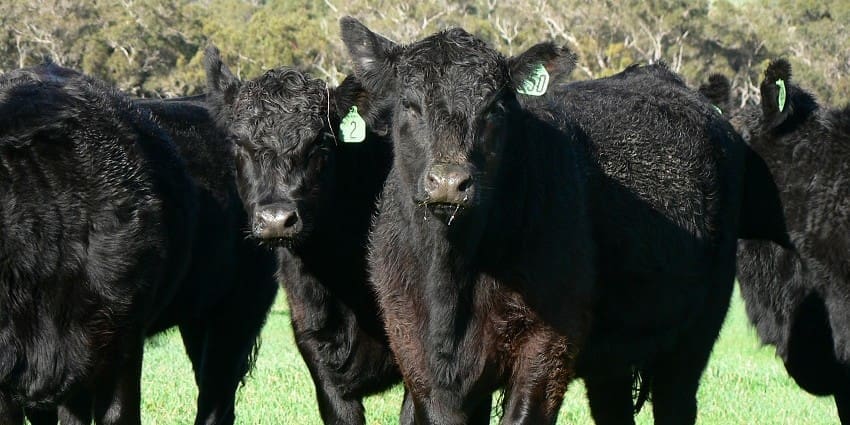Earmarking of cattle and sheep and branding of cattle becomes optional in Western Australia from 1 January 2022.
FARMERS, pastoralists and small landholders get more choice from 1 January 2022 about how their livestock are identified, with earmarking of cattle and sheep and branding of cattle becoming optional.
National Livestock Identification System (NLIS) tagging will remain mandatory for both cattle and sheep, however, the timeframe for applying an NLIS electronic device to cattle will change.
The changes to the Biosecurity and Agriculture Management (Identification and Movement of Stock and Apiaries) Regulations 2013 are being made after extensive industry consultation.
Department of Primary Industries and Regional Development (DPIRD) product integrity manager Brad McCormick said there had been majority support for making earmarking and branding optional and giving producers more choice.
“Earmarking and branding have historically been used to support proof of livestock ownership but they are limited in their benefit to traceability, as they do not reflect changes in stock ownership or movements between properties,” he said.
“Thanks to the introduction of NLIS, earmarking and branding no longer provide a useful biosecurity function for tracing the more than 28,000 livestock movements that occur in WA each day.
“The changes to the regulations mean producers can choose whether to use these identifiers or not – your livestock, your choice.”
RELATED ARTICLE: WA earmarks 2022 for move to optional branding
Dr McCormick said livestock producers could continue to earmark or brand their stock if they wished to do so.
“Stock owners can still use earmarking and branding as part of their farm management practices if they see benefits, such as for visually identifying the owner of livestock or to discourage stock theft,” he said.
“The current stock owner registration system will be maintained and every registered owner will still be given their own unique brand and earmark.
“It will remain an offence to use someone else’s registered identifiers or to create marks that cause confusion.”
To ensure animals can still be identified in the absence of mandatory earmarking or branding, new timeframes are being introduced for applying NLIS devices to cattle and buffalo.
This brings the timeframes for NLIS identification for cattle and buffalo in line with those for sheep.
In the agricultural region, cattle and buffalo will need to have an accredited NLIS electronic device or rumen bolus applied by six months of age or prior to leaving the property – whichever comes first.
For the pastoral region, the NLIS device is required by 18 months of age or before leaving the property – whichever comes first.
NLIS tagging requirements for sheep remain unchanged.
Sheep will still require a year of birth coloured accredited NLIS tag with the owner’s brand or Property Identification Code (PIC) in the appropriate ear for the animal’s gender on the property of birth and an additional pink NLIS tag in the other ear, prior to leaving the property they were not born on.
For more information about earmarking, branding and tagging livestock, refer to the department’s webpage www.agric.wa.gov.au/livestock-movement-identification/changes.
SOURCE: WA Department of Primary Industries and Regional Development (DPIRD)


I agree with Matthew, earmarks and brands give a permanent place of origin.
Cattle frequently lose NLIS tags or they can be removed if cattle are stolen and then easily replaced with the duffers own tags.
Graziers need a better system to protect against the increasing problem of cattle theft.
Well given how gutless and lawless our state agricultural department and state government has been in regards to our states biosecurity to date. I ask the question wouldnt a mandatory earmark or brand give a permanent place of origin? Which is important because you can then always start at the beginning if tagging hasnt been carried out or recorded correctly. Nlis is only as good as the information and or as long as correct tags and transferring has been done properly. My cynical outlook is It also allows the department to cover up there or someone else’s mistakes or choose which information suits them. How can a declared disease and its origin be kept from the wider industry? If there is no fault then there is nothing to hide. Cheers Matt Della Gola